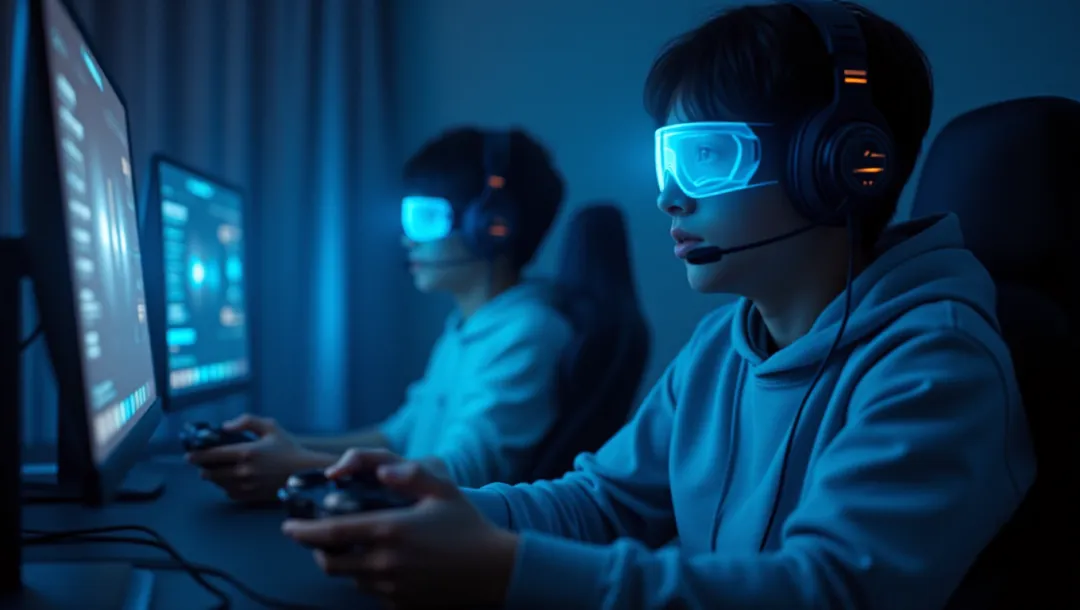Eye-Tracking Study Shows Unique Attention in High-Risk Gamers

In a groundbreaking study conducted in San Francisco, researchers have identified significant differences in visual attention patterns between high-risk gamers and professional esports players. Despite engaging in similar durations of gaming, high-risk participants demonstrated unique eye-tracking signatures that reveal distinct attentional biases towards game-related images.
Published in the journal Computers in Human Behavior, the investigation employed advanced eye-tracking technology to measure gaze duration and fixation points during exposure to gaming visuals. The data shows that high-risk gamers fixate more intensely on certain game stimuli, a pattern not observed in esports players. This suggests that mere time spent gaming fails to capture critical cognitive and behavioral differences.
Dr. Amanda Collins, lead author and cognitive neuroscientist at the University of California, explained, ‘Eye movement metrics offer a more nuanced window into the psychological state of gamers, revealing engagement styles linked with risk behaviors. This approach could revolutionize how we assess gaming impact beyond traditional self-report measures.’
With the global surge in competitive gaming and concerns about problematic gaming habits, these findings arrive at a timely juncture. They underscore the importance of integrating physiological measures like eye-tracking in research and screening methods to better understand and potentially intervene in high-risk gaming behavior.
Experts believe this study opens pathways for future interdisciplinary investigations linking visual attention, behavioral patterns, and mental health outcomes in digital entertainment contexts. As esports continues to professionalize, distinguishing healthy engagement from risk-prone gaming becomes critical for stakeholders including educators, clinicians, and policymakers.







